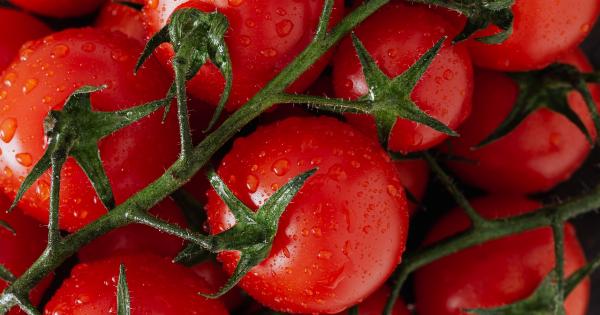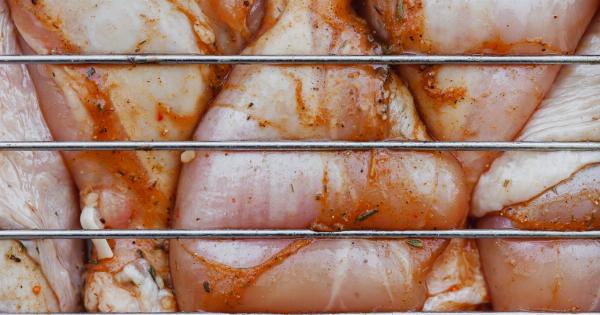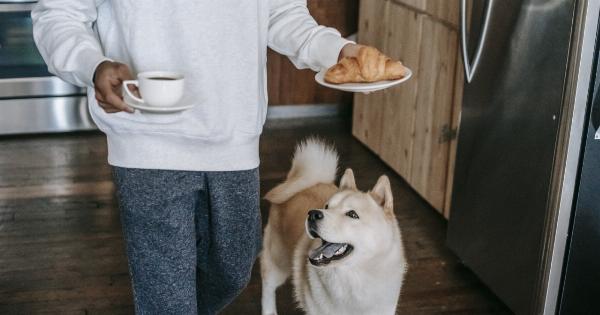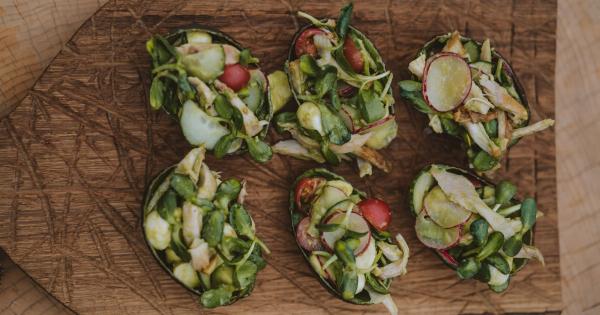As pet owners, we always strive to provide the best care for our furry friends, and that includes their diet. Just like humans, dogs can greatly benefit from a balanced and nutritious meal plan.
While commercial dog food has its benefits, preparing homemade meals for your pup allows you to have complete control over the ingredients, ensuring that your furry friend’s unique dietary needs are met. In this article, we will explore some essential tips for cooking healthy meals for your pup.
1. Consult Your Vet
Prior to making any changes to your dog’s diet, it is crucial to consult with your veterinarian. They can assess your pup’s individual needs and provide guidance on creating a well-balanced meal plan.
2. Understand Your Dog’s Nutritional Needs
Just like with humans, the nutritional needs of dogs vary based on their breed, age, weight, activity level, and any existing health conditions.
Understanding these factors will help you in selecting the right ingredients and portion sizes for your pup’s meals.
3. Incorporate a Variety of Proteins
Protein is an essential macronutrient for dogs, and it should form a significant part of their diet. Opt for high-quality sources of protein such as lean meats (chicken, turkey, beef), fish (salmon, sardines), and eggs.
Ensure that the proteins are cooked thoroughly to eliminate any harmful bacteria.
4. Include Healthy Fats
Fats are an important energy source for dogs and aid in nutrient absorption. Healthy options include ingredients like fish oil, coconut oil, and flaxseed oil.
5. Don’t Forget the Veggies
Vegetables are a great source of vitamins, minerals, and fiber for your pup. Some dog-friendly options include sweet potatoes, carrots, green beans, and pumpkin. Steaming or boiling vegetables is the best way to retain their nutritional value.
6. Limit Carbohydrates
While carbohydrates are not vital for a dog’s diet, they can be included in moderation. Opt for whole grains like brown rice and quinoa, as they offer more nutritional benefits than refined grains.
7. Avoid Harmful Ingredients
There are certain foods that can be toxic or harmful to dogs, including chocolate, onions, garlic, grapes, raisins, fatty foods, and artificial sweeteners like xylitol. Always double-check that the ingredients you use are safe for canine consumption.
8. Cook in Bulk and Store Properly
Preparing meals in larger quantities can save you time and ensure that you always have a supply of healthy food for your pup.
Once cooked, portion out the meals into airtight containers and store them in the refrigerator or freezer, depending on the shelf life of the specific recipe.
9. Monitor Your Dog’s Weight
It is essential to keep an eye on your dog’s weight and body condition when feeding homemade meals. Adjust portion sizes as necessary to maintain a healthy weight.
Regular weigh-ins and consultations with your veterinarian can help you stay on track.
10. Introduce New Foods Gradually
If you’re introducing a new ingredient or recipe to your dog’s meals, do it gradually. Sudden changes in diet can upset their digestive system. Start by adding small amounts and gradually increasing over a few days or weeks.




























